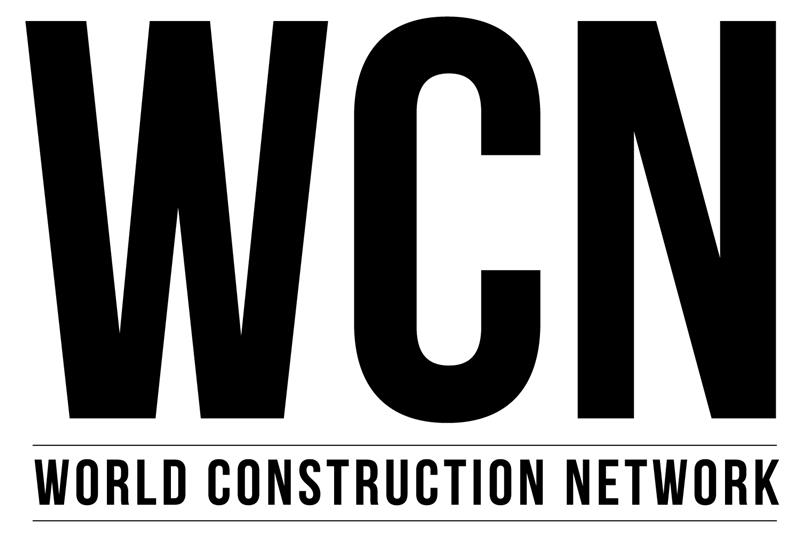GlobalData offers a comprehensive analysis of Martin Marietta Materials, providing key insights into its Environmental, Social, and Governance(ESG) factors. By closely monitoring and aggregating mentions of climate change and associated ESG keywords, GlobalData delivers valuable information on Martin Marietta Materials’s ESG performance. GlobalData’s company profile on Martin Marietta Materials offers a 360-degree view of the company, SWOT analysis, key financials, and business strategy including insights on ESG implementation among other information. Buy the report here.

Discover B2B Marketing That Performs
Combine business intelligence and editorial excellence to reach engaged professionals across 36 leading media platforms.
Martin Marietta Materials, a leading supplier of construction materials, has set ambitious net-zero targets for 2050 to reduce its greenhouse gas (GHG) emissions. Scope 1 emissions refer to direct emissions from owned or controlled sources, scope 2 emissions include indirect emissions from purchased electricity, and scope 3 emissions cover indirect emissions from the company's value chain. In terms of CO2 emissions, Martin Marietta Materials, reported 4,609 million metric tonnes of CO2e from scope 1 emissions and 0.626 million metric tonnes of CO2e from scope 2 emissions across all business lines. According to the Sustainability Report, Martin Marietta's overall Scope 1 greenhouse gas (GHG) footprint for all metric tonnes of products sold in 2022 yields a Scope 1 GHG intensity of 21 kg of GHG per metric tonne of product.
The company aims for a 15% reduction in the intensity of Scope 1 CO2e process emissions from its heritage cement operations compared to 2010 levels by 2030. Additionally, a 10% reduction in the intensity of Scope 1 CO2e process emissions from its magnesia specialties business compared to 2010 levels by 2030 is targeted. Furthermore, there is a goal to achieve a 30% offset or reduction of Scope 2 CO2e emissions by 2030 compared to the 2021 baseline, ultimately striving for net-zero Scope 2 CO2e emissions by 2050.
The company has taken several steps to reduce its carbon emissions and has made significant progress. Martin Marietta Materials is investing in renewable energy sources, such as wind and solar power projects, to reduce its reliance on fossil fuels. It has also implemented energy-efficient measures and technologies to increase efficiency and reduce energy consumption at its facilities. The company is evaluating the feasibility of carbon capture technology and has maintained an agreement with Fortera to construct a pilot carbon capture plant.
In addition to reducing emissions, Martin Marietta Materials is committed to improving resource efficiency and waste management. The company focuses on reusing, recovering, and recycling waste materials in its operations. It also supports initiatives that promote environmental benefits, such as the use of scrubber stone to control sulfur dioxide emissions and the development of low-carbon footprint concrete.
To achieve its net-zero ambition, Martin Marietta Materials acknowledges the need for regulatory support and incentives. The company highlights the importance of regulatory schemes that encourage the use of alternate fuels and the acceptance of blended cements. It also emphasizes the need for progress in carbon capture technology and the development of commercial-scale operations.
Overall, Martin Marietta Materials is dedicated to environmental stewardship and sustainability. Through its investments, initiatives, and partnerships, the company is actively working towards its net-zero targets and reducing its carbon footprint. By prioritizing emission reduction and resource efficiency, Martin Marietta Materials aims to contribute to a more sustainable future in the construction materials industry.
Data Insights
From

The gold standard of business intelligence.
Blending expert knowledge with cutting-edge technology, GlobalData’s unrivalled proprietary data will enable you to decode what’s happening in your market. You can make better informed decisions and gain a future-proof advantage over your competitors.




